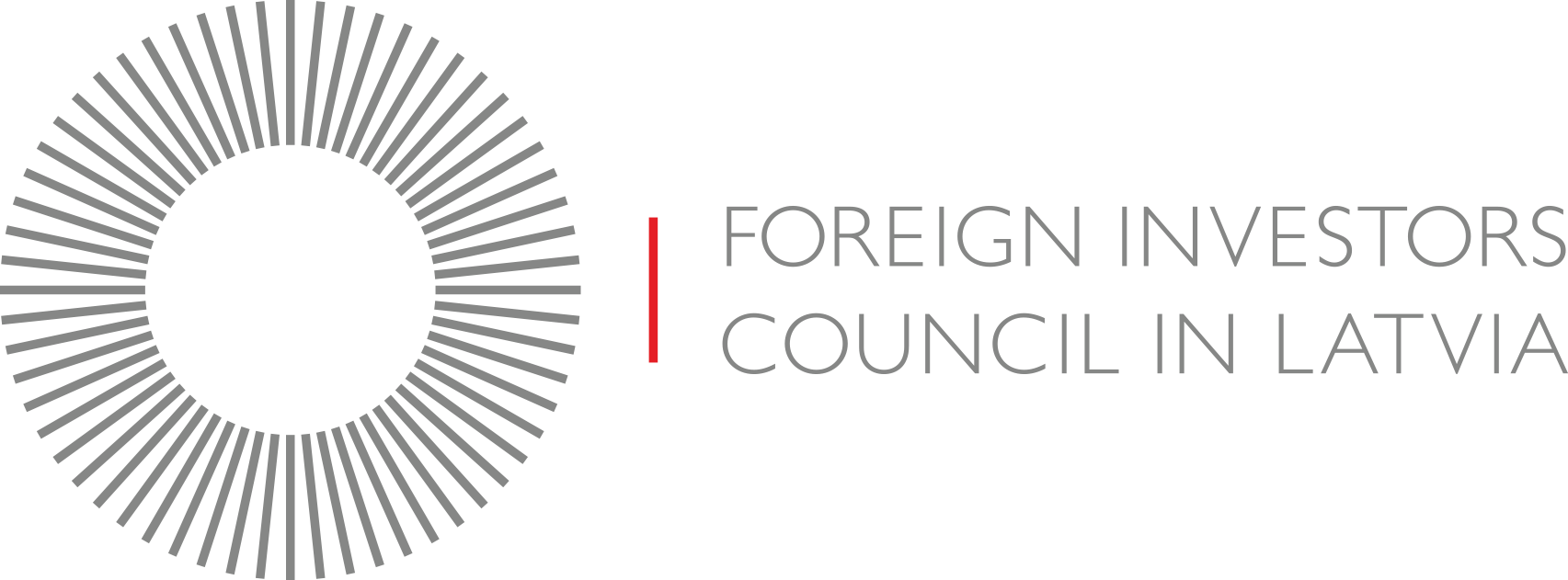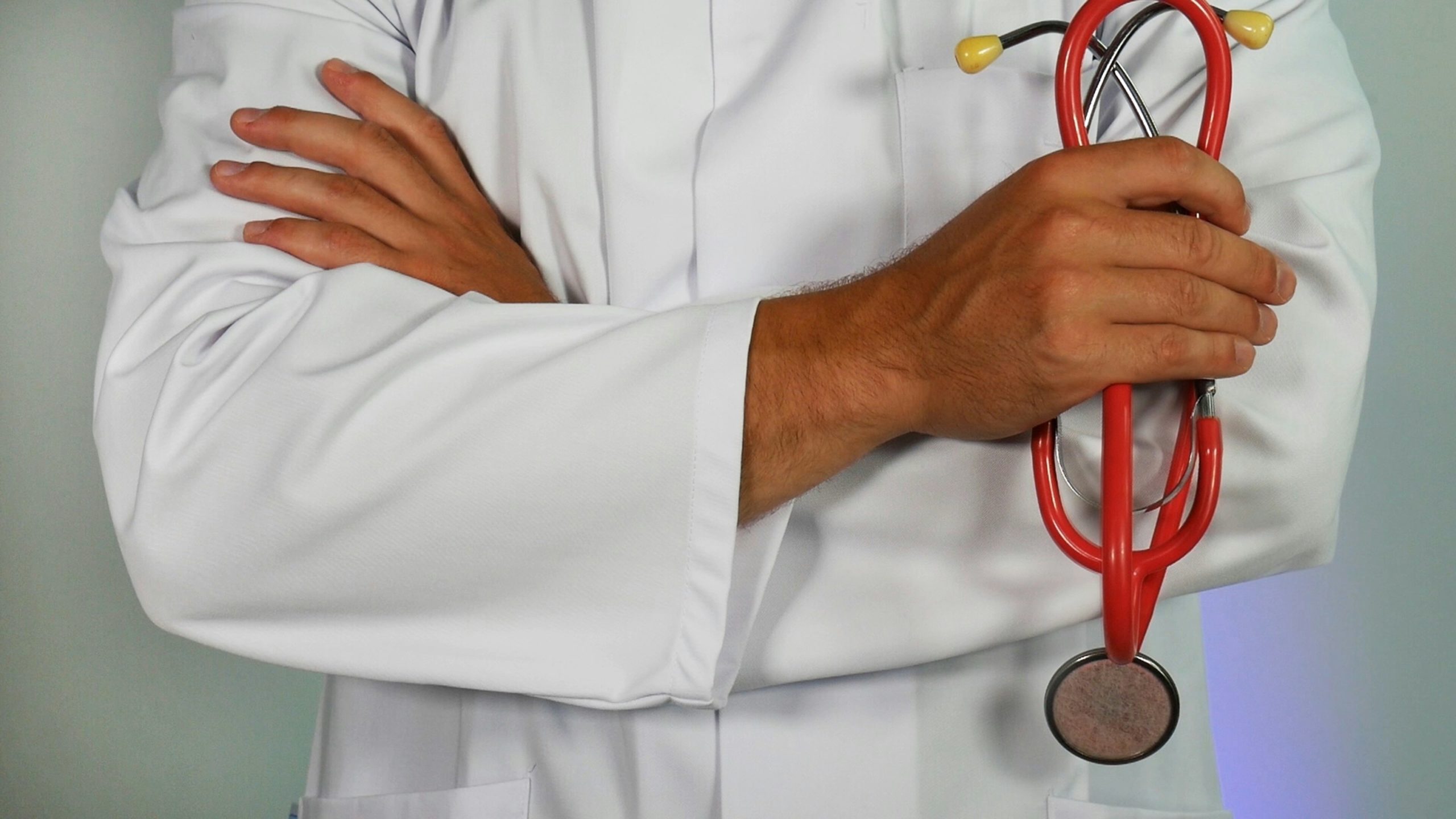Latvia is one of the greenest countries in Europe. Nearly 53% of its territory is forested, and the country enjoys almost 500 km of Baltic Sea coastline. With long-distance nature routes like the Jūrtaka (Baltic Coastal Hiking), of which around 580 km run through Latvia, the country offers a unique mix of sea, forest, dunes, and trails.[1]These natural advantages make Latvia an excellent location for sanatoriums, rehabilitation centers, and health retreats, giving patients the chance to combine treatment with recovery in a restorative environment.
Latvia also has a strong base in medical education. Thousands of students pursue healthcare degrees every year, supported by modern universities and faculties. Riga Stradiņš University, which specializes in medicine, alone hosts more than 11,755 students, including over 3,000 international students, making Latvia a regional hub for training doctors and healthcare specialists.[2]
On top of this, Latvia offers affordable healthcare. Costs are 40–70% lower than in Western Europe, making the country attractive for international patients seeking safe, but reasonably priced treatment.[3] This competitive pricing already contributes to the national economy- in 2024, foreign patients spent more than 12 million EUR on healthcare services in Latvia in 2024.[4]
Latvia’s broader wellness culture further enhances its healthcare appeal. The Latvian sauna, or as it is called in Latvian- pirts, is internationally recognized not only as a place for relaxation, but also as a holistic health ritual that strengthens immunity and supports recovery. Combined with the country’s culinary heritage- fresh, seasonal, and largely organic food that often comes directly from forests, fields, and farms- Latvia offers a unique health tourism package.
Latvia’s Strengths in Biomedicine and Pharma Tech Industries
The country is ahead of its Baltic neighbors in the field of biomedicine, with the Latvian Biomedicine Research and Study Centre serving as a key hub for genomics and molecular biology. The Latvian Biotech Database currently lists 16 active biotech companies, operating in areas, such as diagnostics, therapeutics, bioinformatics, and industrial biotechnology. One example is síbiotech, a fast-growing company that develops high-value health products from natural sources, such as sea buckthorn extracts rich in omega fatty acids, applying sustainable and science-based methods.
“Working in healthcare industry and dealing with new technologies every day, we clearly see how rapidly Latvia’s biomedical environment is developing. In recent years, cooperation between clinics, research centers, and biotechnology companies has strengthened significantly. This creates conditions where innovative medical solutions can move from concept to practical application much faster. As a result, this benefits both patients and the entire sector, while further reinforcing Latvia’s position as a confident regional leader in biomedicine and pharmaceuticals,” Jekaterina Pukinska, Practice Director at Northway Clinic Latvia.
Additionally, Latvia has a well-established pharmaceutical industry, with companies that combine decades of experience with modern innovation. The country is home to internationally recognized producers, such as Grindeks[5] and Olainfarm,[6] which export medicines and active pharmaceutical ingredients to more than 100 markets worldwide. The sector is supported by a skilled workforce, close cooperation with research institutions, and competitive production costs, making Latvia an important regional hub for both generic pharmaceuticals and new drug development. With growing investment in research and development, Latvia’s pharma sector is well positioned to expand further and strengthen the country’s role in Europe’s healthcare value chain.
Key Steps: From Potential to Reality
In view of the foreign investors that operate in the healthcare sector, a few key issues should be addressed to unlock Latvia’s potential in this sector. First, according to the “The Action Plan for the Development of Health Service Export 2024–2027,”[7] no funding has been allocated for medical tourism marketing activities for this time period. This is a serious concern for Latvia’s healthcare providers. For international patients, factors like reputation and brand awareness, perceived quality and accessibility of services are key decision drivers, and Latvia cannot afford to remain invisible in this competitive landscape. Generally, health expenditure in Latvia is far below the EU average.[8] In view of this, an active and well-coordinated international marketing strategy is essential to attract foreign patients, investors, and research partners, thereby boosting both demand and supply of services, and partially offsetting a lack of state healthcare funding.
Second, staff recruitment and retention represent a barrier for the healthcare sector development. Demographic trends across Europe show a declining population, while demand for medical specialists across the continent continues to grow. For Latvia, this means retaining talent is becoming increasingly difficult. This challenge is particularly acute in rural areas, which results in fragmentation of the full spectrum of needed healthcare services. To stimulate a better staff recruitment and retention rate, the competitive employment conditions and more attractive career paths are needed. Both of these are strongly linked to the sectoral growth and development, which could be driven by the first step – a successful marketing strategy.
A third challenge is market distortions. State medical insurance models often set low tariffs for services, making it hard for private providers to operate profitably. At the same time, large public hospitals and institutions frequently benefit from economies of scale, preferential access to state contracts, or subsidies, weakening market competition. This dual pressure- low reimbursement rates and dominant public players- discourages private providers from expanding. Therefore, insurance models should reflect real costs and encourage growth across the sector.
Finally, bureaucracy continues to slow down innovation. Construction and regulatory approvals for new healthcare facilities can take over a year in Latvia, compared to just a few months in neighboring countries. Such delays make investors cautious and prevent clinics from modernizing or expanding quickly enough.
Undoubtedly, the Latvia’s healthcare sector is affected by a longer list of challenges, including financial, infrastructural and regulatory. However, if the above-listed key steps are taken, Latvia is likely to experience a healthcare ecosystem growth and development without massive public spending, bringing benefits for patients, investors, and researchers. By connecting its natural strengths with excellent and accessible care, Latvia could transform its healthcare potential into a tangible European or even global advantage. The central question of foreign investors – will the Latvian government help to turn the country’s potential into reality?
[2] https://www.rsu.lv.
[4] https://healthtravellatvia.lv/en/great-britain-is-the-leading-country-in-latvia-in-terms-of-the-number-of-medical-tourists/.
[5] https://grindeks.com/lv/.
[6] https://olpha.eu.
[7] https://www.em.gov.lv/en/article/targeted-development-health-tourism.
[8]https://www.oecd.org/content/dam/oecd/en/publications/reports/2023/12/latvia-country-health-profile-2023_3ef73ce1/bf2b15d6-en.pdf.


